A crowd of whisky aficionados gathered at the Freakin’ Frog last week to share the joys of one of the country’s finest whisky lines—Willett. Many had already tried Willett products, but they attended anyway. That right there should tell you something.
Organized by Freakin’ Frog owner Adam Carmer, the tasting consisted of seven Willett products, each higher in alcohol content than the last. And the tasting started at 90 proof. As Hunter Chavanne, whose family owns and runs the Kentucky Bourbon Distilleries Limited, as well as the Willett Distillery, said, the higher the proof, the more flavor you can pack into every bottle.
And what flavor there was to be savored. Willett is a relatively small player compared to the other whisky companies in Kentucky, but what they lack in size, they make up for in quality. As Chavanne puts it, “We're four family members in an office and eight to 12 line workers, depending on when payday was. “
To get perspective on how much history goes into every bottle, consider this: the family’s experience goes back before the Civil War, when there were Willetts making cognac in France, Irish whisky in Ireland, Scotch whisky in Scotland and malt whisky in the United Kingdom. “The Willetts are not spring chickens to the distilling game,” Chavanne says. From 1935 to the 1970s, the company was known as the Willett Distilling Company, but in 1984 Chavanne’s father-in-law, Even Kulsveen, took over, after which the company became known as Kentucky Bourbon Distillers, or KBD. Their specialty is artisanal small-batch and single-barrel bourbon rye whiskys, and their reach across America has finally reached Nevada. They opened their distribution company here August 1, and the products are available at both Lee’s Discount Liquors and Total Wine, as well as other liquor stores.
We start the evening with Kentucky Vintage, a 90-proof small-batch boutique bourbon. To produce it, Willett marries barrels ranging from 5 to 10 years old, which Chavanne calls a “highly unorthodox” practice in Kentucky bourbon whisky. However, in Willett’s case, it’s because of how small their operation is—their “small batch” is, at most, 12 barrels. “We start with 18 to 20 barrels and narrow it down.”
Carmer, a whisky connoisseur who names Willett as his favorite distillery, uses the analogy of a bicycle and a tank when comparing Willett to the larger distilleries. “You can make quicker adjustments on a bicycle, where you can’t do that in a tank. For the other guys to change, it takes them three years. It’s not just that Willett does this, it’s that they can. You can taste the hands that went into this product.”
The Kentucky Vintage has a light body, but, as Chavanne reminds everyone before sipping, “People confuse ‘light body’ for ‘lack of complexity.’ This is a wonderfully complex whisky.’” After savoring my sip, it’s hard to argue.
Willett Pot Still Reserve is next, and clocks in at 94 proof. This single-barrel bourbon whisky has caramel and vanilla notes, but a warming spiciness afterward. Chavanne says Willett aims for a 6- or 7-year barrel for this one, and it has the most distinctive bottle shape of all its products—it’s shaped like the company’s 750-gallon copper pot still.
Next up is Rowan’s Creek, a small-batch boutique whisky consisting of a collection of 5- to 15-year-old bourbon barrels. “We’re never pigeonholed into what barrels we use and don’t use,” Chavanne says. “For us to do that defeats the whole point of the artistry.” This is currently Willett’s best-seller in the 27 states it’s available in. “The reason for that is it’s an approachable bourbon whisky,” Chavanne says. It’s also unique in that it’s 100.1 proof. “But that’s Even,” says Chavanne, referring to the distiller. “He’s a perfectionist.” (Carrmer refers to Even Kulsveen as “the country’s best distiller.”) Of all the whiskys Willett makes, Chavanne says this is the one he reaches for on Kentucky Derby week. “You don’t get much more Kentucky than this,” he says, explaining that the home in Stephen Collins Foster’s “My Old Kentucky Home” is John Rowan’s, a famous statesman in the 1700s.
Johnny Drum is up next, and it’s an instant hit with the room. Chavanne explains that Johnny Drum, a 101-proof whisky with a distinct smokiness, only reappeared in the U.S. around the mid-'90s. (It was sold in California in the 1960s but discontinued before the end of the decade, and after Even brought it back in 1984, it was available exclusively in Japan.) “It’s amazing to me how many people in Kentucky still don’t know about Johnny Drum,” Chavanne muses. In 2010, he entered it in the San Francisco World Spirits Competition, where it took double gold.
Our fifth whisky is Pure Kentucky, a 107-proof bourbon with vanilla caramel notes that quickly becomes dry. It has an earthy, spicy taste as well. As Chavanne explains, it’s a collection of 5- to 12-year-old bourbon barrels. “In blind taste tests, this one comes near the top,” he says.
The next two are the clear crowd favorites. Noah’s Mill, which comes in a 114.3 proof, is a small-batch boutique bourbon from 5- to 15-year-old bourbon barrels, and “comes as close to a cognac as a bourbon can,” Chavanne says. Its high alcohol content gives it a “dessert-like quality, with toffee, chocolate, fudge caramel … It has a great mouth feel, an oil-coated mouth feel that just lingers,” Chavanne says.
Willett Family Estate American Rye Whisky is far and away my personal favorite of the evening. Chavanne calls it “a big boy” and proof positive that whisky drinkers shouldn’t’ pay so much attention to a product’s age. Sometimes the barrels are ready at 3 years old! Chavanne says only 1 percent of the rye market is “barrel strength,” adding this particular rye comes in at 110 proof. By law, rye has to have a minimum of 51 percent rye. This has 95 percent rye and 5 percent malted barley. It has a fruity, floral aroma and has a ridiculous amount of complexity in every sip. “We had 750 barrels to start and we’re already down to 450. We’re going to try and make that last two more years, but I don’t think there’s a prayer that’s going to happen.”
Chavanne wraps up our discussion by talking a bit about the image of whisky as “rotgut” in all the John Wayne movies. “Bourbon has the strictest criteria of any spirit in the world. It’s got to be 51 percent corn, it has to be a brand-new charred oak barrel every single time.”
“People do this because they have a passion for it,” he concludes.
And trust me—you’ll taste the passion in every sip of Willett products. No one at this tasting went away unsatisfied.
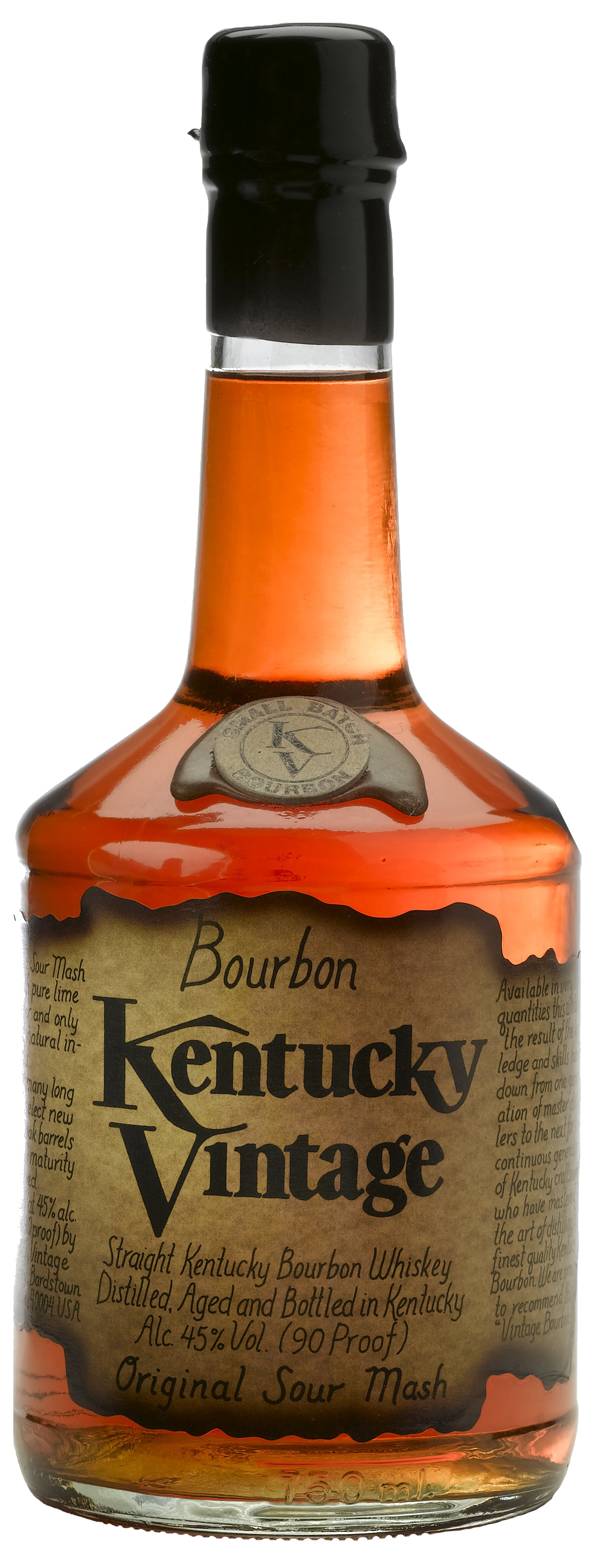


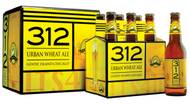

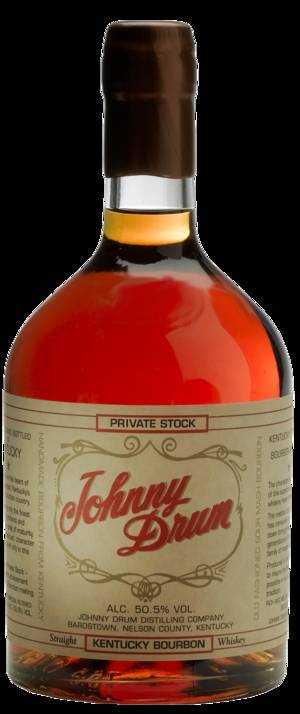


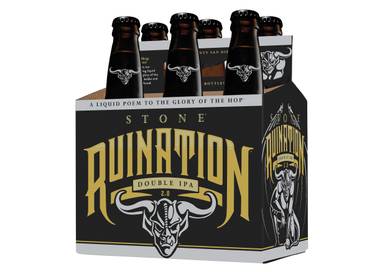

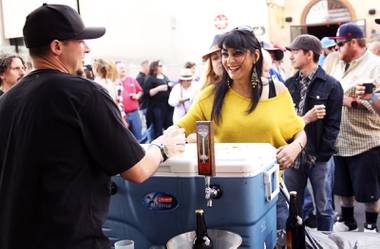
Previous Discussion: